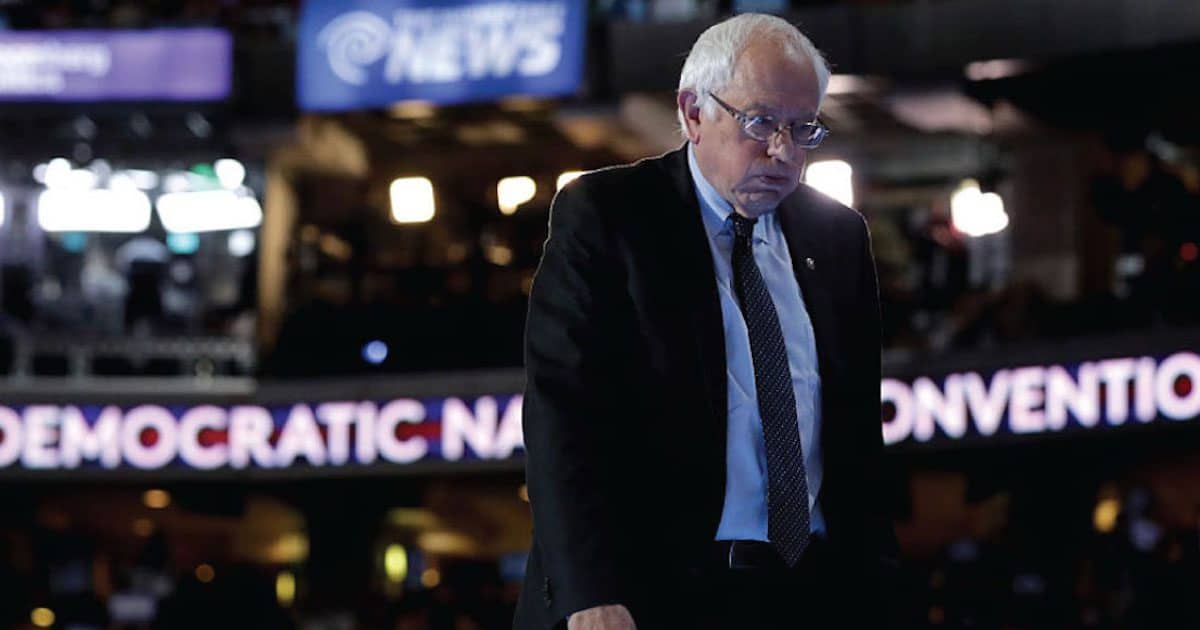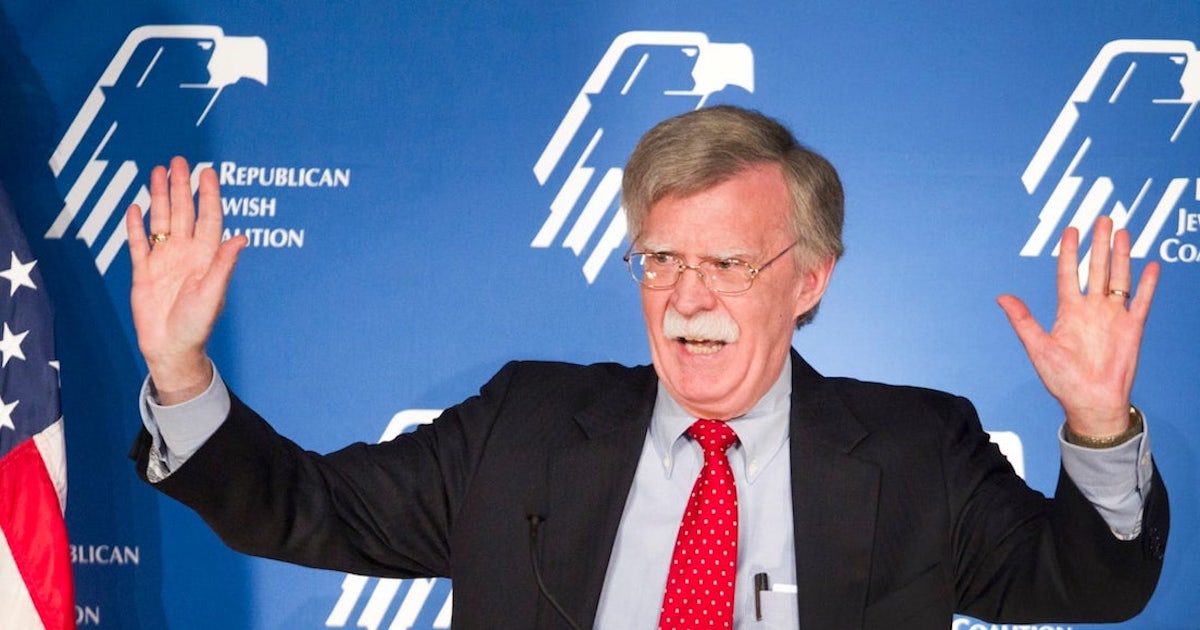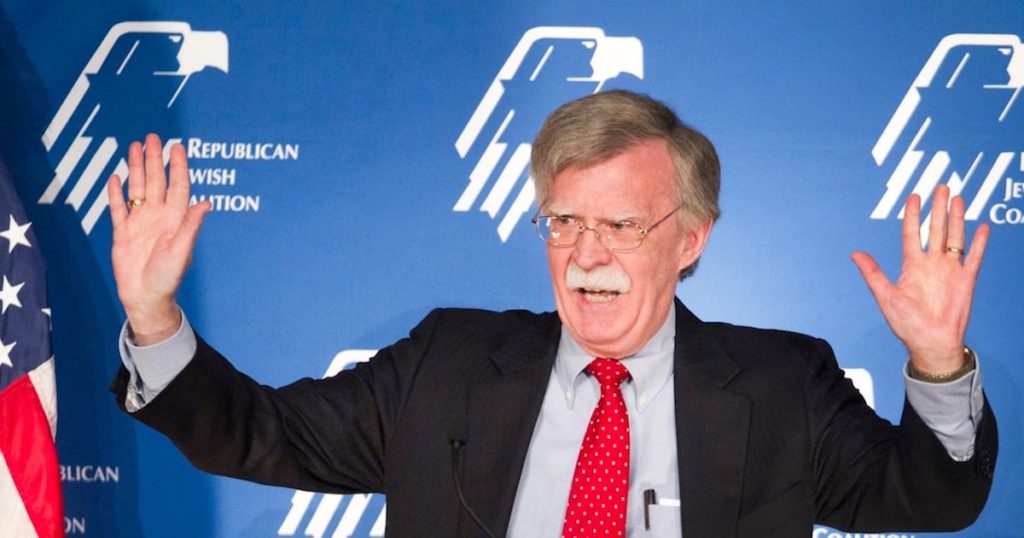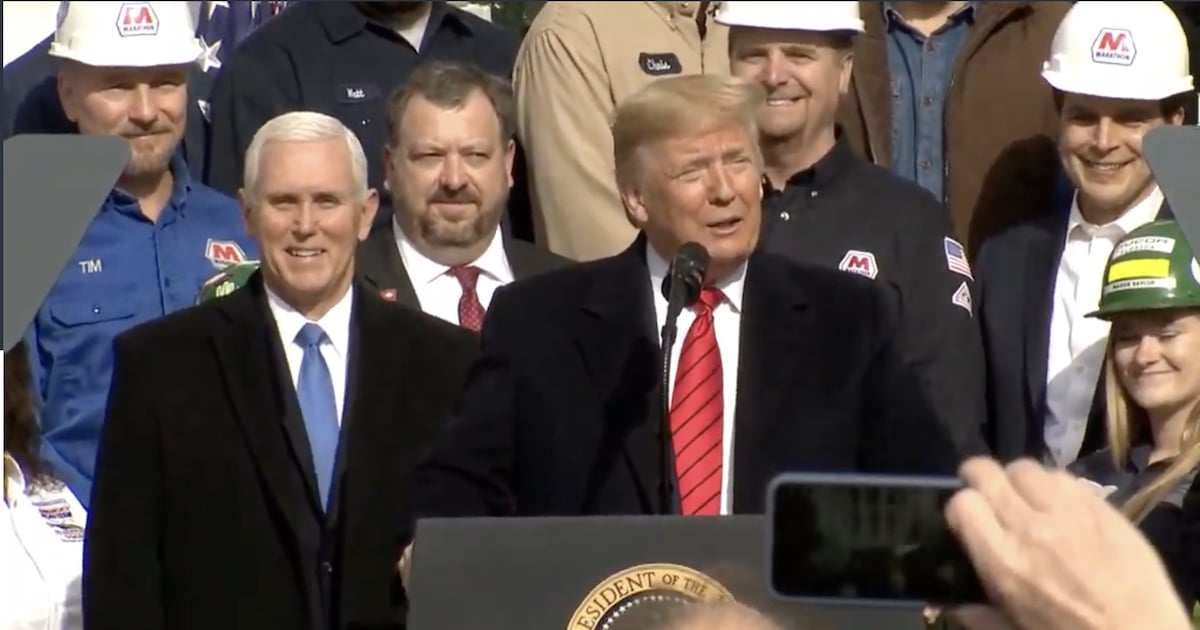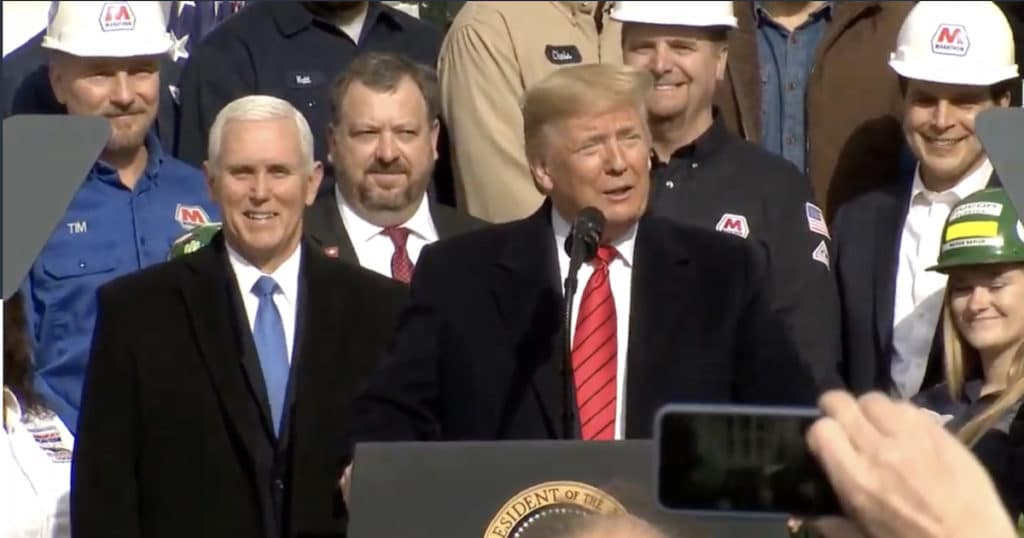DNC Burning Bernie, Again, Looking to Bloomberg for Salvation
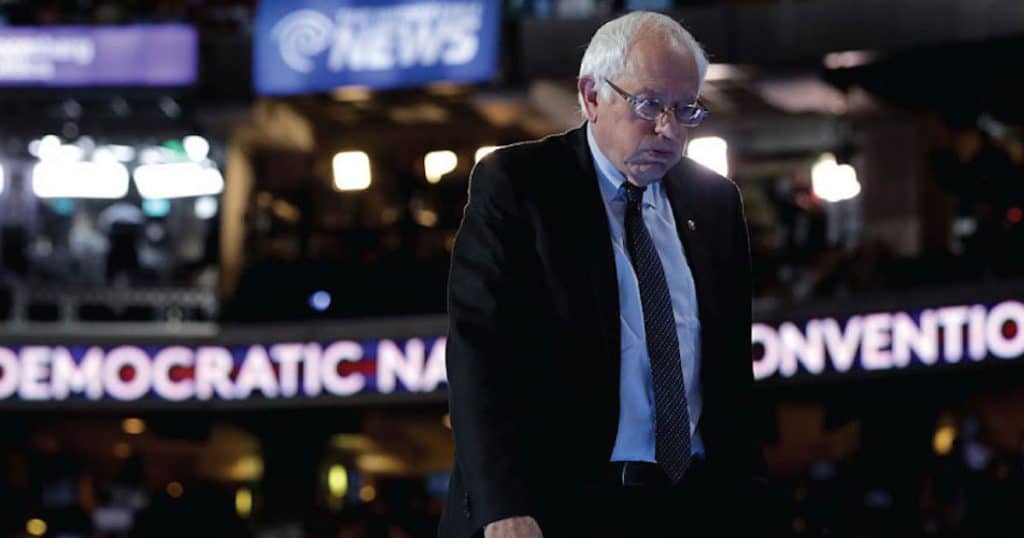
The Democratic National Committee (DNC) is moving to prevent Bernie Sanders from winning the nomination and to prop up billionaire Michael Bloomberg. Senator Sanders has been surging both nationally and in the early states, while Joe Biden has struggled.
One action to propel Michael Bloomberg and to head off Bernie will take effect immediately. The other action—to deny him the nomination at a brokered convention—is being privately discussed and proponents are testing the waters.
DNC Changes Debate Criteria
The DNC on Friday dropped the donor threshold for the senate in Nevada on February 19. Mr. Bloomberg is refusing to accept donations to his campaign, a decision disqualifying him from all debates.
“To now change the rules in the middle of the game to accommodate Mike Bloomberg, who is trying to buy his way into the Democratic nomination, is wrong. That’s the definition of a rigged system,” said Jeff Weaver, a senior adviser to Sanders’s campaign.
The Bloomberg campaign unsurprisingly said it was “thrilled” with the last-minute change in the criteria. While the former mayor of New York City has not yet met the polling threshold for the debate, national polls conducted by big media continue to find a slow but steady rise.
The DNC defended the decision, arguing that the initial donor criteria was meant to gauge grassroots enthusiasm, and it will now be measured by the voting.
“The donor threshold was appropriate for the opening stages of the race, when candidates were building their organizations and there were no metrics available outside of polling to distinguish those making progress from those who weren’t,” DNC spokesperson Adrienne Watson said in a statement.
Stopping Bernie at Convention
The leftwing D.C. magazine Politico reported a small but influential group of DNC members are gauging support for a plan to hinder Senator Sanders at a brokered convention, even in the event he arrives with the most delegates.
The policy reversal would allow so-called superdelegates to vote on the first ballot at the party’s national convention. It would reduce the influence of the voters and shift power to members of the committee, lawmakers and other top officials.
Currently, superdelegates must wait until the second ballot to be able to cast their vote.
DNC Chairman Tom Perez strongly pushed back against the plan, though didn’t deny that it is being circulated. Exactly how much control of the committee is dis
“Absolutely not. We put in the work to ensure power was returned to the grassroots, we will be following the rules set forth by the DNC,” Chairman Perez said. “We will not bend on this, we will not change our rules.”
Déjà Vu: No Bern for You
The developments have sparked outrage among supporters of Sanders Sanders on the ground, harkening back to 2016. The anti-secrecy group WikiLeaks confirmed their suspicions releasing thousands of emails and documents showing the DNC and media favored Hillary Clinton.
The Democratic establishment and media collaborated to handicap the content in favor of Mrs. Clinton, the eventual failed 2016 nominee. Donna Brazil, the interim chair of the DNC, leaked debate questions while at CNN to the Clinton campaign.
Mrs. Clinton recently attacked Senator Sanders in an upcoming documentary, saying “nobody likes him” and that he’s “a career politician.” The failed 2016 nominee later refused to say whether she would endorse her former rival if he wins the 2020 Democratic nomination.
While she backpedaled on endorsing after receiving widespread blowback, the message came across loud and clear.
The Democratic National Committee (DNC) is moving
